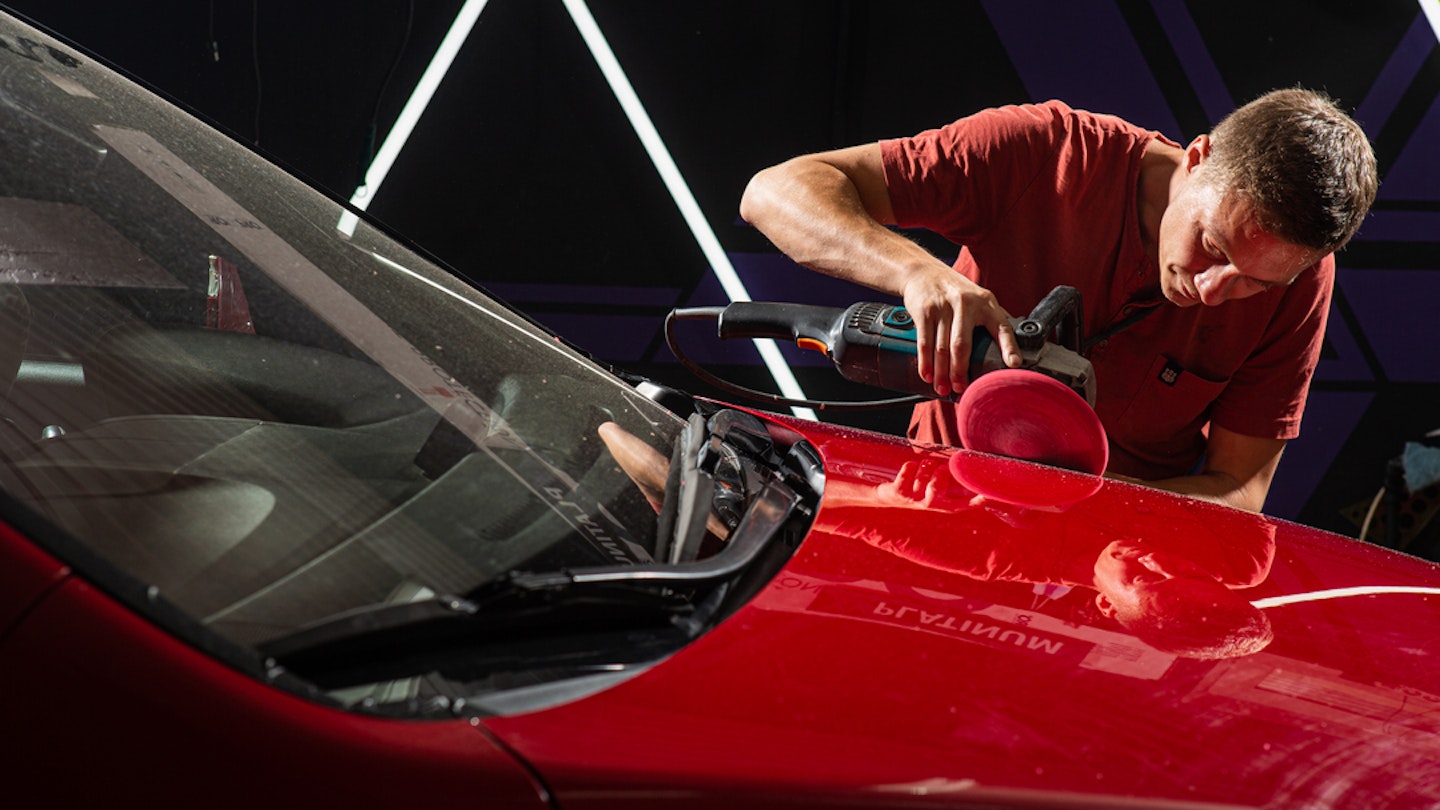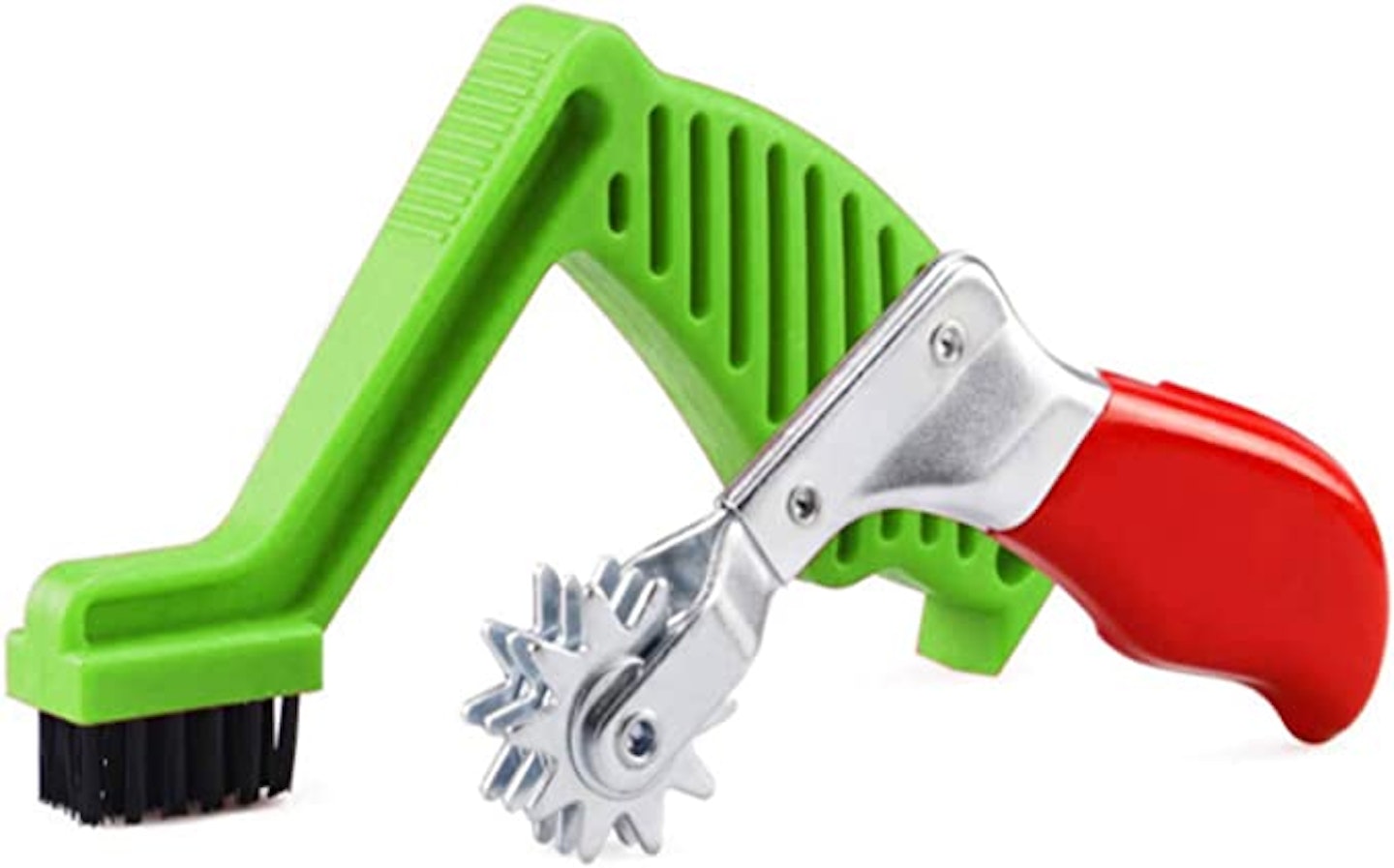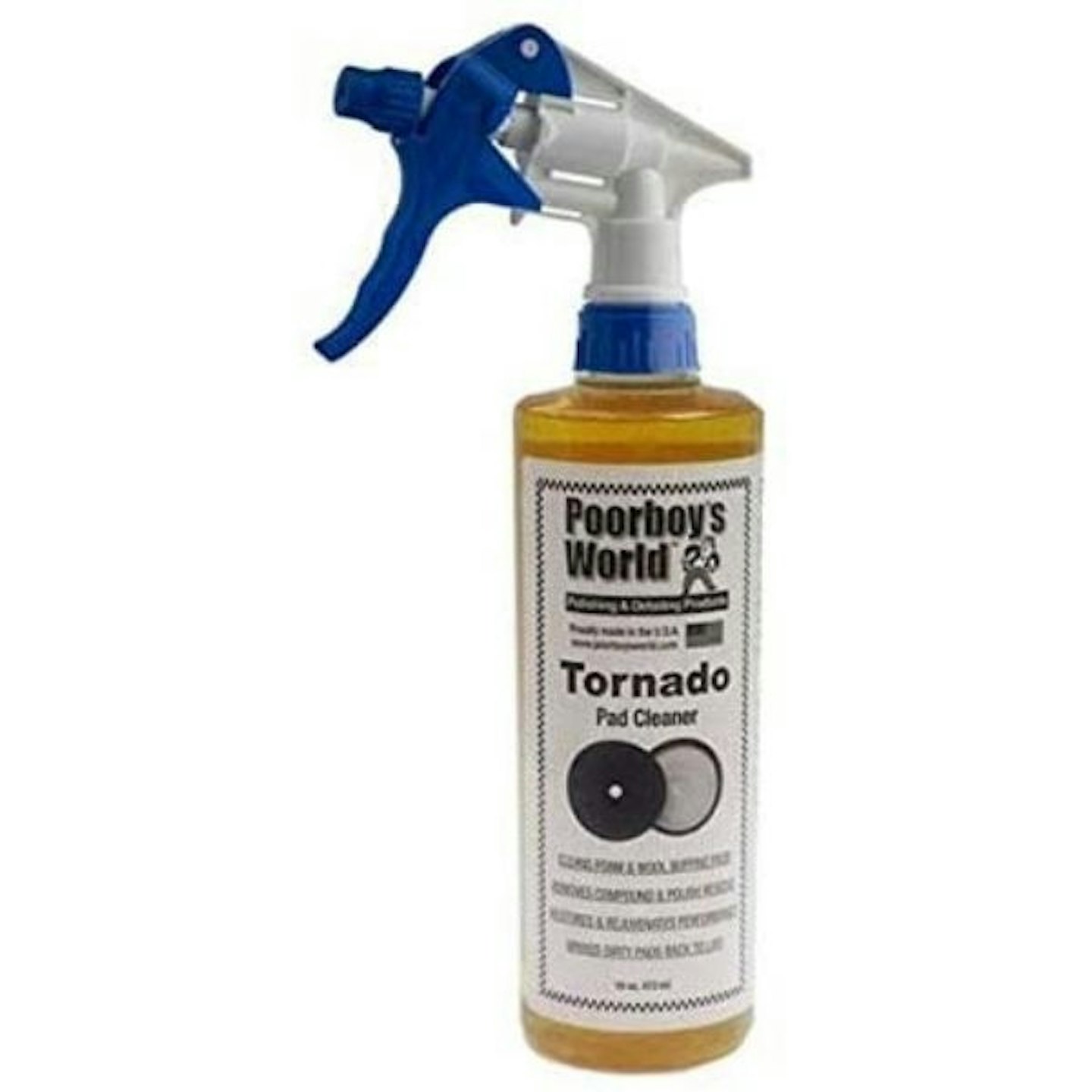Sometimes, it may seem odd, but cleaning the things we use for cleaning is the best way of ensuring that what we are cleaning is - well - clean. The simple matter is that if we don't, we do not get the results we will want from our products.
In the case of the pads which you may use to polish your car, after using them, these bits of fabric must be given a clean. Not only does this help them bring your car back to glory when you're next using them but it makes sure that any product which you've used doesn't clog up the pores in the pads.
If this were to happen, then you're shortening the lifespan of your pads when cleaning and rinsing them is super easy to do.
Different types of polishing pads
There are different pads for different jobs; as Chris Williams says in the article The best polishing pads for car bodywork:
"There are three materials used to make buffing pads: foam, wool, and microfibre. Within each material, there are different types that each have a certain aggressiveness to them, depending on whether they are for use with an abrasive compound, polish, or used as a finishing pad.
Foam pads are our material of choice for casual users. It is the most commonly used material for polishing pads and comes in many types, depending on their task. They can't match microfibre for performance or wool for abrasiveness, but overall, they are easier to work with than either.
Microfibre pads are the most recent development of the three. Most of us can testify to the effectiveness of microfibre for a range of uses, and it is an equally effective material here too. There is an extensive range available, from cutting to finishing. The biggest issue with microfibre pads is the heat buildup. They generate more friction than foam or wool, which means they can't be worked as long. But they also work faster. They are perfect for people who know what they're doing.
Wool pads have been around for the longest. Because the fine wool fibres are themselves abrasive, they are excellent for use in the cutting stage with a medium or heavy cutting compound. Thus, great for paintwork with severe scratches. However, the natural trade-off is that they aren't good for finishing. We suggest sticking to either foam or microfibre pads for casual DIYers. The abrasiveness can land beginners in trouble."
What do I need?
If you haven't got polishing pads already, you'll likely need some of those! We can happily recommend a couple to help you get that car buffed up and shining like it was in the showroom.
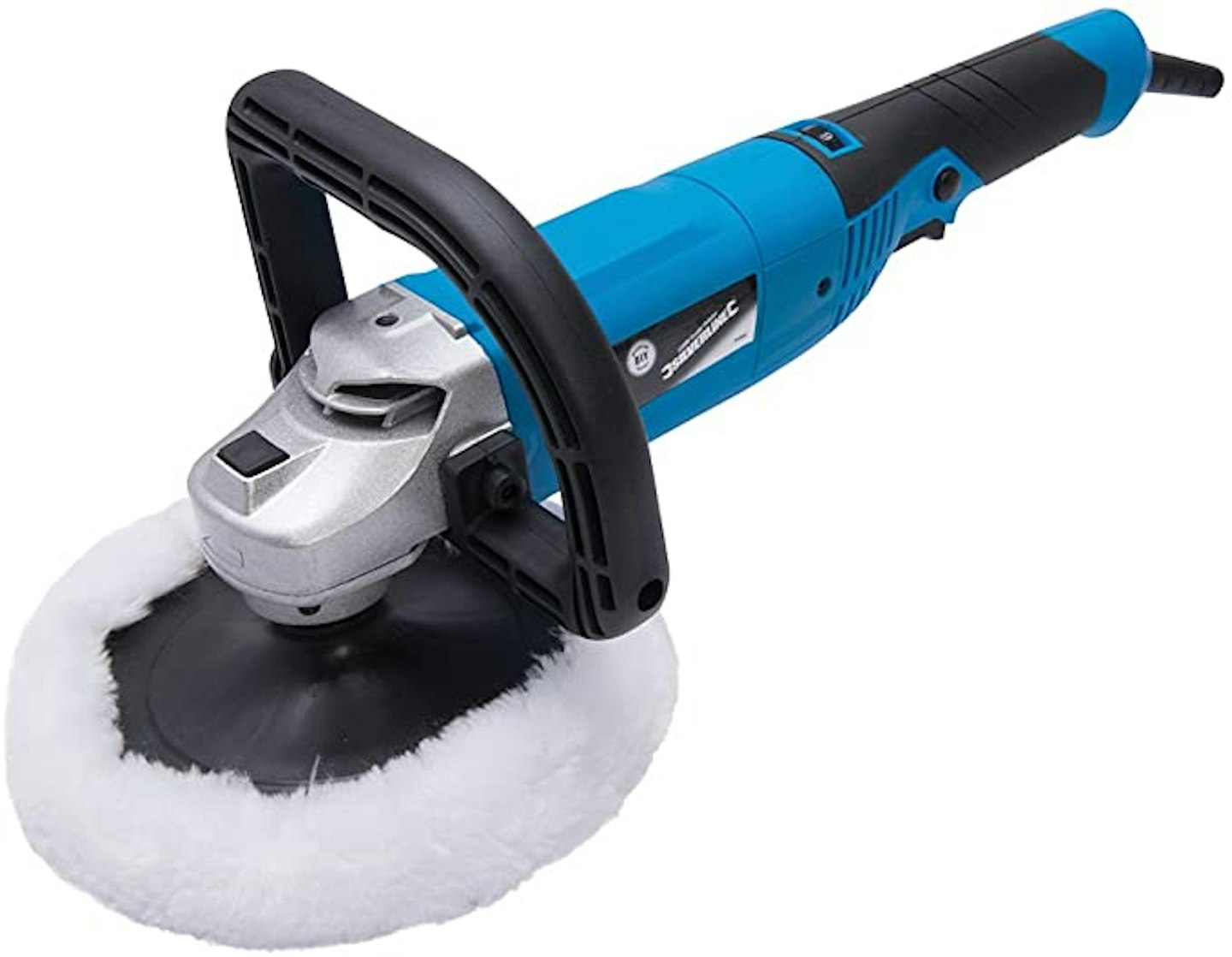
This inexpensive polisher will help you get started on your car detailing journey as well as other projects as it's multi-functional. With 1,200 Watts at its disposal, also featuring variable speeds and a lock-on button - as you could be using it for long periods of time, this is super handy as it stops your hands from becoming fatigued. You can set speeds from 800 to 3,500 RPM for various surfaces and uses.
A massive collection of pads here will help you achieve your cleaning goals, each with its use and purpose happily colour coordinated so you know what each one has been used for and should be used for. You do not need a fancy machine to help you buff and polish your car - this comes with attachments for your drill. So while it will take you longer to cover the area of your vehicle, this might be an excellent place to start if you own a drill.
Related: The Best Car Cleaning Kits
What about the cleaning of my pads?
Once you've cleaned and polished your car, cleaning your pads couldn't be simpler really - you want to try and avoid washing up liquid and use a natural, clean warm water approach.
Give the cloths a good rinse under warm water directly after use, making sure you do not give any of the product you've used the time to dry.
If the pad is dry and has baked-in product, you mustn't squeeze the pad at this point; this could certainly crack the material - especially if it's foam. This could cause them to come apart the next time you're using them in your car. The side effect of this could be the pad coming away from your machine and scratching your vehicle.
If your polishing pad does have dried product in it, we recommend leaving it to soak for an hour in warm water - this will gently soften the pad and help remove any product.
There are also products that will help you bring your pads back to their former glory.
These handy little tools will help you scrub up your foam pads and remove any small bits of grit from your wool buffers. The brush is for the foam pads, which help you agitate any dried wax or products and remove them from your pads, while the spur will do some good to wool and thick microfibre.
To get the longevity out of your pads, this neutral pad cleaner will gently lift away any debris or leftover product in your pads by loosening and gently cleaning. This should be applied to a damp pad and allowed to sink in before agitating either by hand or a pad cleaning brush.
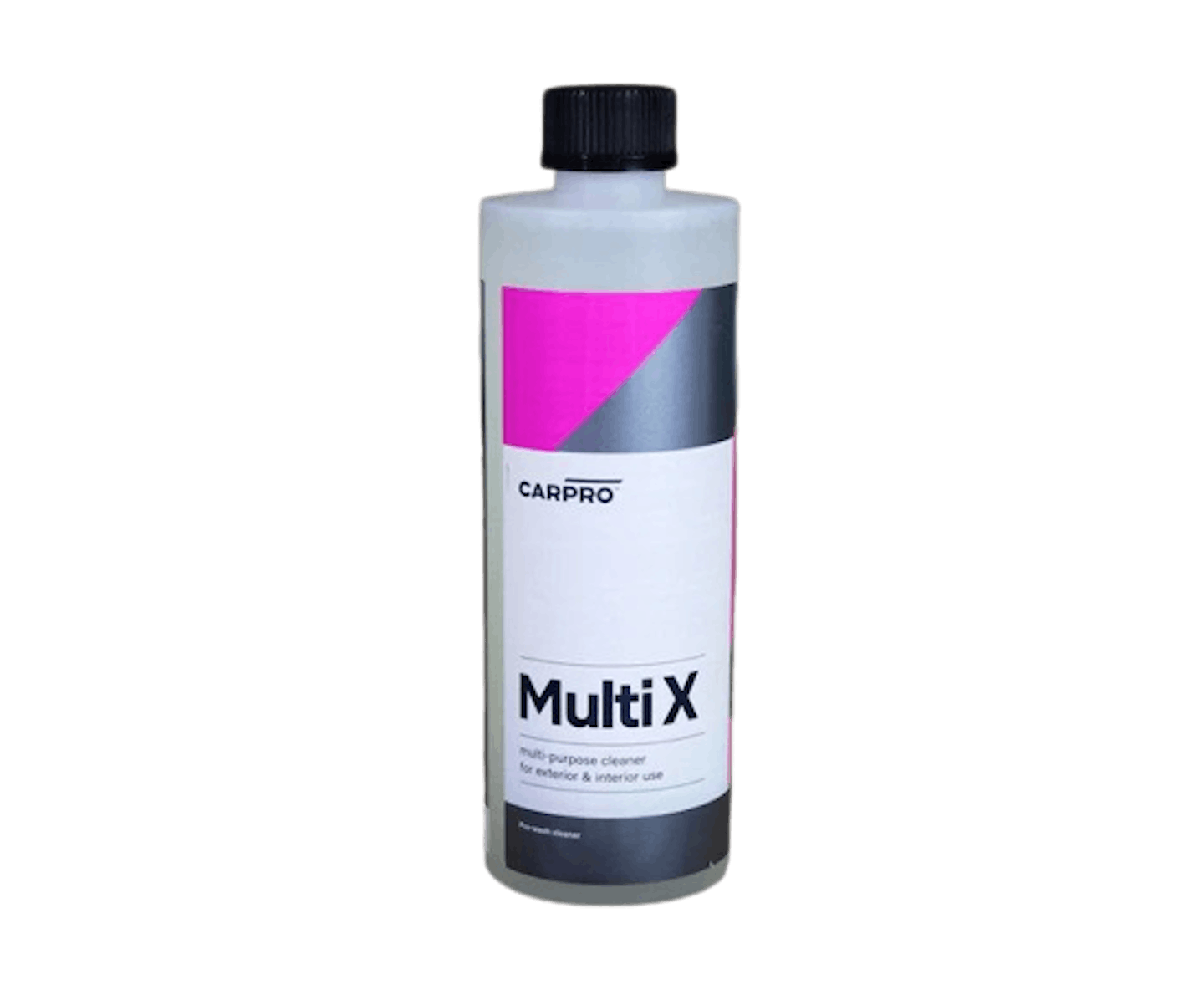
www.slimsdetailing.co.uk
CarPro MultiX can be used for numerous cleaning jobs on your car, but it can also be used to clean your polishing pads. Make sure you use the correct level of dilution so that it's not too abrasive on the pads - this will end up being detrimental to your pads and cause them to corrode and break up.
Prevention is better than cure.
If you want to help your pads be the best they possibly can, then there are some products out there that will help condition your pads - these will help open up the pores of the foam pads allowing them to be more receptive to the polish, wax or product you're about to use.
These conditioners should be applied before using and topped up each time you put more product onto your foam pad. You should see longer-lasting foam pads and a better clean on your vehicle's bodywork with a quick spritz with these.
This is our favourite:
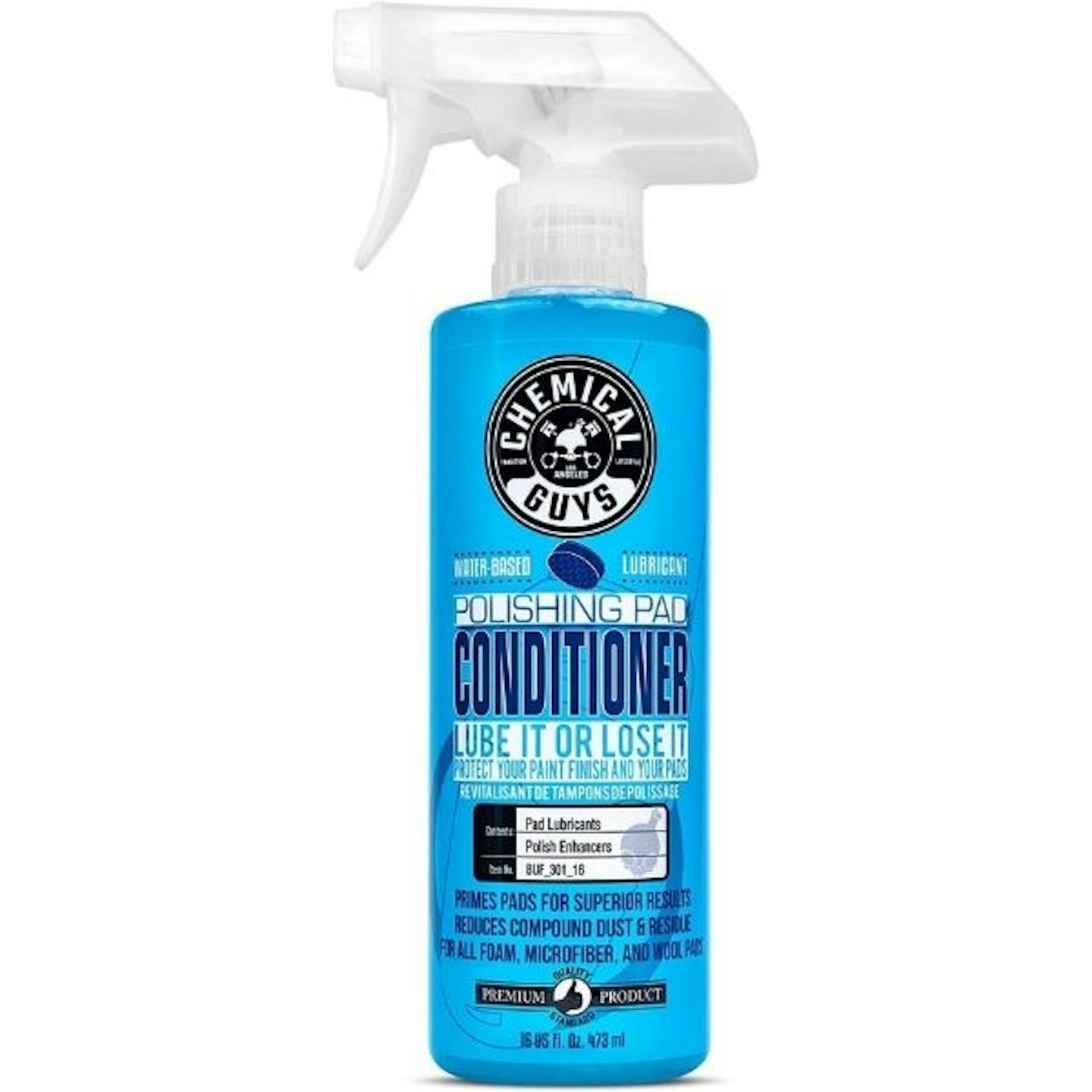
This spray should be applied when you put the product you intend to use on your pad. Spray it directly onto the product and pad to help the foam pores open and utilise the best from your wax or polish. It also contains a light lubricant which will significantly reduce the amount of friction on the paintwork and works with the lubricants in the products you will be using. This will help minimise marring or paint burning when detailing your car.
